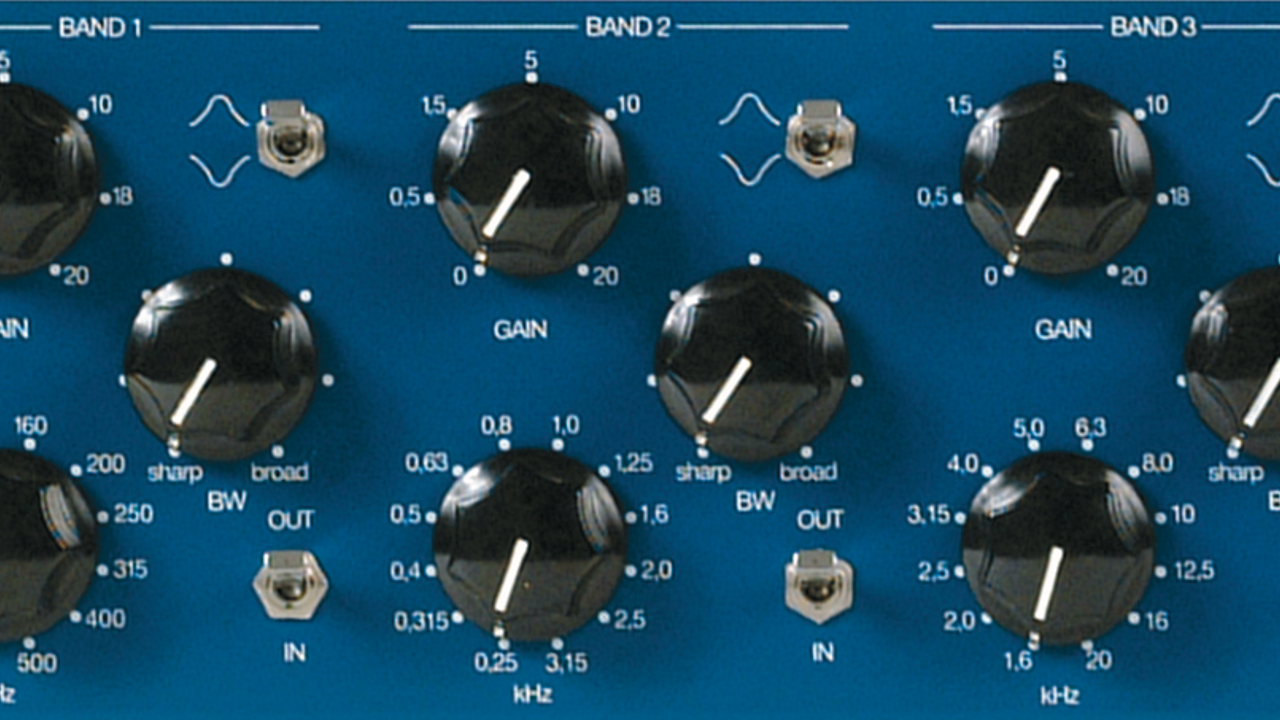What's the Frequency Kenneth?
Feb 01, 2021
If you're old enough to remember, that was the name of a song from the band R.E.M. in the mid-1990s. What's the frequency is also a question many sound engineers and musicians struggle with.
From being able to quickly recognize and remove the frequency that is feeding back in a live performance to identifying problematic frequencies in a mix or instrument, understanding frequencies is vital in music production and mixing.
Frequencies make up every sound we hear. At its core, sound is a result of vibrations, and frequencies determine the pitch and tonal characteristics of those vibrations. The sonic spectrum we know spans from the deep rumble of sub-bass frequencies to the sparkling brilliance of high-frequency overtones. Each element in a musical composition occupies a unique space within this spectrum, creating a sonic picture that, when understood, can be expertly manipulated for your unique artistic expression.
Understanding frequencies allows producers and mixers to sculpt the sonic landscape with precision. Using EQ, we can carve out space for each instrument, move things in a mix, and create definition. Whether it removes muddiness from a mix or enhances the clarity of vocals, EQ adjustments are made simple when you understand frequencies.
When you can identify and understand frequencies, you’ll be able to:
- use EQ effortlessly
- eliminate feedback in live performances
- get the best sounds from your instrument
- create professional-quality mixes
- improve the stage sound
- choose the right microphone for your needs
- achieve clear and present vocals in the mix
- create definition and space in a crowded mix
Many people struggle to learn frequencies and have a difficult time committing them to memory. There are a variety of frequency trainer apps that you can use with your smartphone to learn frequencies, but not everyone has success with this. One problem is that most people try to memorize frequencies instead of actually learning them. Trying to memorize the tones from these apps can be difficult when you have nothing tangible to relate them to.
A 400Hz pure tone sounds very different from 400Hz in an acoustic guitar or a drum. It might be easy to pick out an 800Hz tone in the app, but can you tell if the mix is too heavy in 800Hz?
The key to learning frequencies is training your ears in Critical Listening.
Here is a simple way to start learning frequencies using iTunes or the PC equivalent.
While in iTunes, open up the Equalizer (under 'window' in the iTunes menu bar) and play one of your favorite songs, something you've listened to a lot. While listening, select a frequency on the EQ and adjust the sliders up or down while you listen to how that frequency affects the mix. Listen to what it sounds like when you boost 500Hz and then when you cut 500Hz.
Then try another frequency. Once you start getting the hang of it, try a few other songs and styles of music. Do this often, and you will start to recognize those frequencies in sounds you hear all around you.
This is just one way to practice critical listening and learning frequencies.
Critical listening enables you to discern and identify specific frequencies within a mix. By honing your ability to isolate and recognize different frequency ranges, you can address issues such as muddiness, tonal imbalances, or one instrument masking another. This skill is crucial for applying targeted EQ adjustments to enhance clarity and balance in your mix.
Training your ears to distinguish between specific frequencies is similar to a painter's eye being able to discern subtle variations in hue. It takes time to develop this skill, but with practice and regular listening sessions, your ears will become more attuned, and the more you will notice nuances and subtleties in the sounds you hear.
When you learn how to listen critically, the world of mixing will open up, and it will change the way you hear music. You’ll not only know what a kick drum should sound like, you’ll know how to make it sound that way. You’ll know how to re-create what you hear in your reference mix and how to make your live mix sound like the record.
Understanding frequencies and using critical listening is a fundamental skill in the mixing process that will unlock a realm of creative possibilities. Developing this skill enhances your ability to create professional, well-balanced mixes that captivate and engage the audience.
Critical listening can be done anywhere. The more you do it, the easier it becomes, and once you get the hang of it, your mixes will really start to improve.
Spend some time listening today.
By: Michelle Sabolchick
Get Exclusive Mixing Tips and Content That I Only Share With Email Subscribers
I hate SPAM and will never sell your information, for any reason.




